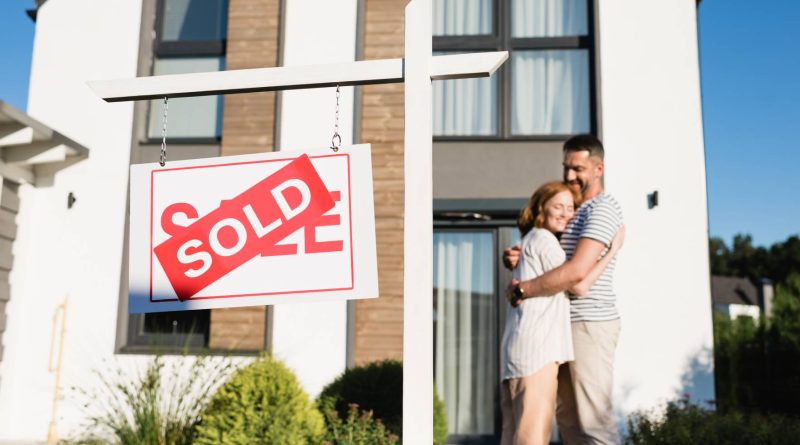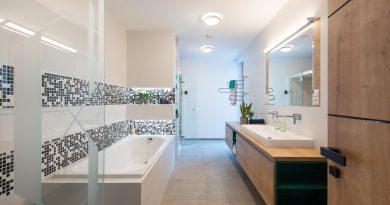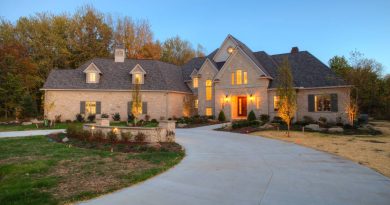The Desire for a Forever Home is Growing Amongst Buyers
Generational, aging-in-place and future-proof design elements are attracting those in search of a home that lasts a lifetime
By Hanna Heiss
It’s no secret that needs and desires change over time, and that’s with any individual. As families grow, there’s a need for family rooms, play areas and even study spaces. As one grows older, so does the need for accessibility, offering ease of living and movement.
Production builders tend to cater their homes to a specific audience or buyer type, which can include those at critical life stages. This can be when buyers first get married and are shopping around for their first home, when they earn enough to move up into a more luxury residence, or when the kids move out, leaving them as empty nesters.
What if homebuyers are looking to purchase their forever home?
A forever home is just that: a home that somebody can imagine living in for a very long time. It is exactly tailored to the buyer’s needs and desires.
Earlier this year Rocket Homes conducted a survey around the idea of the forever home where 1,500 first-time homebuyers and homeowners who still live in their first home were surveyed on such.
“Of first-time home buyers currently looking for a home, 56.8% are looking for a forever home instead of a starter home,” according to Rocket Homes. And, “Of the 52.3% of respondents who were planning on cohabitating with their significant other or their significant other and children, almost 70% were more likely to be looking for a forever home.”
Now, what does a forever home have that a starter home may not?
There were three overarching elements that I found: a home that can span a lifetime of generations; aging-in-place design; and future-proofing.
First off, consider current and future needs. This can be a bedroom allotment for family size and additional rooms for hobby needs, play areas/study spaces and family rooms. Timeless design is also a crucial design aspect. “Trends” come and go, but some design ideas are enduring. Incorporating classic elements while making personalization convertible and attainable can appeal to a wide range of audiences. This type of design and smart planning can also allow the home to be passed down to future generations.
When designing for those choosing to age in place, functionality is key. The point of this type of design is quite literal: create a home that allows the homeowner to age in place. Open floorplans allow for easy access and movement from room to room throughout the home. Elements that may not immediately come to mind are also of utmost importance. These can be door handles rather than door knobs, easy-grasp cabinets and pull-out drawers, curbless walk-in showers and wider doorways for wheelchair access.
Lastly, something that is growing with the climate crisis and the increase in natural disasters, is future-proofing. To combat flooding, concrete flooring can be installed as well as routing power cables to a higher position. In terms of wildfires, alternate fire-rated materials can be used such as standing seam, tile, slate, or cementitious composite roofing to armor a home’s roof. Double-pane windows hold up better than single-pane windows when heat comes into play, just as smaller panes more often survive better than larger ones. Not only do these solutions offer incentives to buyers, but they can also allow developers to build on land that has previously been deemed unviable due to such disaster risks.
Of course, this isn’t to say forever homes are the only route to sales, as Rocket Homes also found that, “43.2% of first-time home buyers looking for a starter home said they planned to live in their first home for 4 – 5 years.” These reasons were found to be affordability (32%), they’re single/not married (27.4%) and that they plan to grow their family in the future (19.3%).
It was also found that of the first-time homeowners who originally bought their home as a forever home, only 11.2% changed their mind to now consider that home as a starter home.
Overall, there are still a multitude of ways to go about designing a home, a forever home is just one way to get there.
Hanna Heiss is the senior editor for 50+ Builder Magazine. She may be reached at hanna@builder.media.




